Empowering Curly-Haired Women With Kiyoko Matsuzawa
Helping women embrace the beauty of their natural hair, curl by curl
Curly-haired girls might never expect to find a curl specialist in the Tokyo metropolis. Well girls, now your curls are safe! There is one—Kiyoko Matsuzawa.
Teased growing up in New Zealand for my curly “orange” hair, when I moved to Japan in my 20’s, overwhelmed by my chaotic curls, I got my hair permanently straightened. But the expensive perm left my hair lifeless and dull, with a chemical stench that lingered for weeks.
Eventually, I cut off the straightened hair to let my curls grow back. Skeptical after a lifetime of haircut disasters, I ventured to Nepenji Salon in Ebisu for my first-ever curly cut.
After a Curly Cut, You’ll Never Go Back
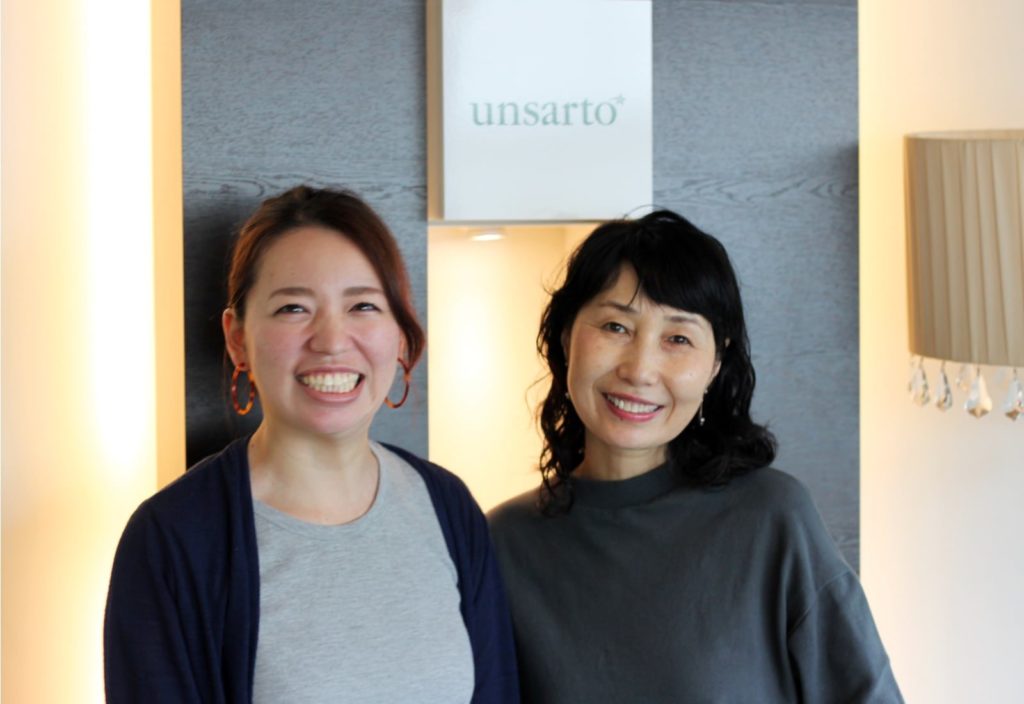
Kiyoko and her stylist, Yoshino, smile for the camera in her salon.
It was a relief to find a stylist who had trained and worked abroad. But what impressed me was Kiyoko used such unique techniques. She meticulously snipped my locks curl-by-curl without any combing, then gently washed my hair and scrunched gel into it while my head hung dripping over a towel on my lap. Then she got me to flick my hair around, sat me back up, lifted and clipped each curl together, and dried my hair with diffusers. The transformation was miraculous—once dry, each curl was perfectly defined! I floated home feeling like a Greek goddess.
Having discovered how to properly care for my curls, I finally embraced my halo. I threw out my comb and never looked back.
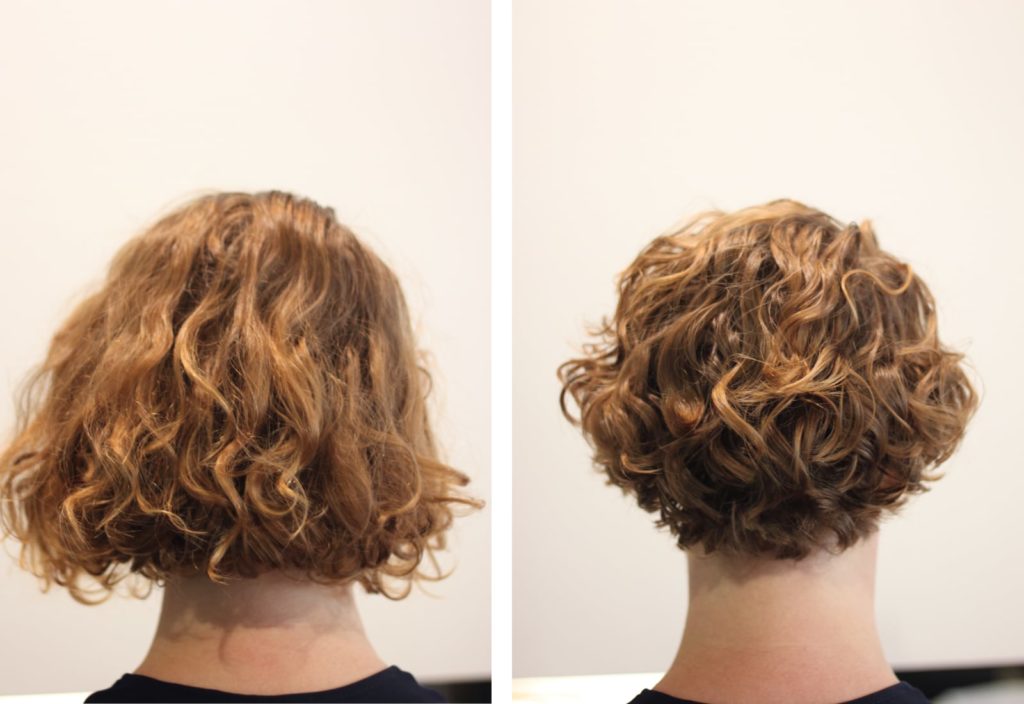
Joelle’s before and after transformation!
In the decade since, Kiyoko has styled my hair through all of life’s milestones—career, marriage, pregnancy, motherhood, and all sorts of heartaches. Once I cheated on her at another salon but regretted it—my curls had been cut as if my hair was straight, and each curl unit seemed confused. Since then, I have never taken my locks anywhere else.
As Kiyoko is adept at chatting without wading into your personal life (or hers), despite years of visiting her salons, I had learned little about the woman herself.
A Natural Gift for Hair
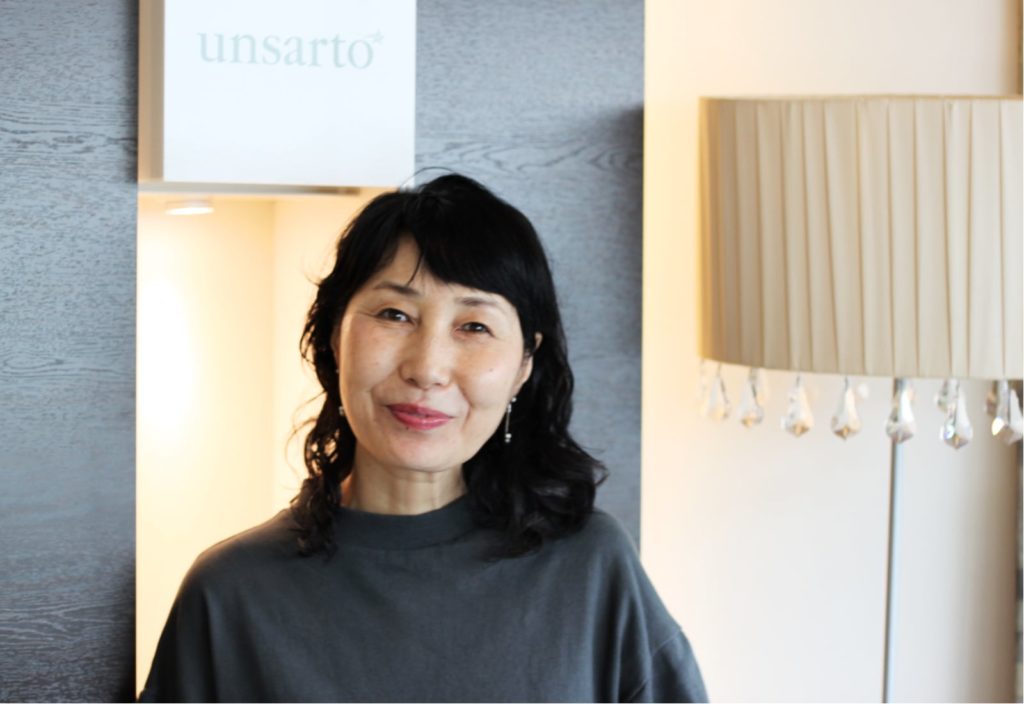
Kiyoko Matsuzawa grew up in the suburbs of Tokyo and was fascinated with hair from a young age. From high school, she went straight to cosmetology school where she met her future husband and fellow trainee hairstylist, Michinori Ono. After they married, Kiyoko grew weary of the repetitive uniformity of 90s Tokyo hairstyles.
Starting to doubt whether a career in hairstyling was right for her, Kiyoko and her husband set off for the U.K., and she soon found herself cutting her English language school classmates’ hair.
Inspired by the freewheeling funky layers of London hairstyles, Kiyoko ended up studying at the Sassoon Academy, Vidal Sassoon’s technical school where Kiyoko’s passion for hair was reignited.
Invigorated by their time abroad, the young couple moved back to Tokyo, opening their first salon, Nepenji in Ebisu in 1999.
Discovering the Curly Technique in New York
In 2002, Kiyoko moved to New York City hoping to open another salon. She ended up working in Manhattan at a salon which closed after a year.
Luckily, the salon next door took Kiyoko on. It happened to be Devachan Salon, co-founded by Lorraine Massey, the hairstylist who popularized curl-care techniques through her salons, products, seminars, and books.
Curls are an attitude…and they are worth fighting for.
Massey gave Kiyoko a crash-course in curls and as she began to take clients, Kiyoko had an epiphany about her own hair. “As I’m Asian and used to wear my hair straight, clients doubted I could handle their hair. That’s when I discovered that my own hair is naturally wavy, and started to wear it like that.”
Massey’s curl care method starts with cutting the hair while dry. Each curl is cut individually, considering its texture and how it relates to surrounding curls. Instead of foaming shampoos that dry curls out, gentle cream cleansers are used and brushing or combing is a big no-no, rather any knots are worked out with conditioner while washing. Finally, the hair is left to air dry or is gently blow-dried with a diffuser.
Empowering Curly Girls
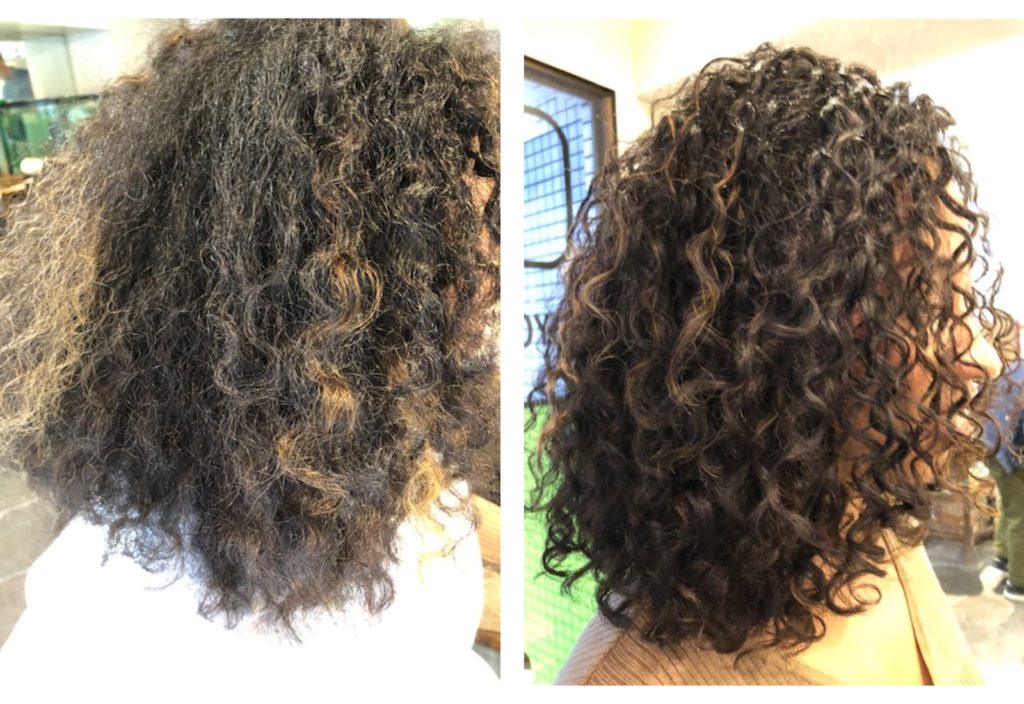
Kiyoko loved Massey’s passion for education—teaching each client a routine for their unique curl type. She continues using her mentor’s approach and techniques in her four salons to this day.
“Even an experienced hairstylist cannot cut curls. Only stylists who have trained at salons specializing in curls develop the knowledge necessary to handle curly hair,” says Kiyoko. “Before when I styled tight or Afro curls for fashion shows, it was a nightmarish experience. But after being trained in cutting curly hair at Devachan salon, the techniques gave me a lot of confidence.”
Now based back in Tokyo (although she travels to help husband Ono at their San Francisco branch of Nepenji every few months) Kiyoko says that most of her Tokyo clients are from abroad and only a handful are Japanese.
[H]aving a stylist teach you the proper care for your curls so they are healthy and beautiful has a massive impact—far beyond looking in the mirror and liking what you see.
While some Japanese do have naturally curly hair, looking different is hard. Japanese straight perms were invented for the domestic market where schools often impose strict rules on students’ personal appearances, after all. In Japanese high schools, hair straightening is usually allowed, but if you’re naturally curly, you may have to carry your baby photos to school with you every day to prove it’s not a perm.
But are attitudes much better in other countries?
In the West, prejudice stemming from Eurocentric beauty ideals where straight hair is regarded as attractive—but curls are seen as messy and only cute for kids—has resulted in generations of curly girls torturing their hair straight. While biased attitudes, unfortunately, continue to exist, the natural hair movement, which started in the early 2000s to encourage women particularly of African descent to reject these ideals and embrace their natural hair types, is starting to change attitudes.
[B]y embracing your natural hair you become a role model, inspiring the next generation of girls to hold their curly heads high and avoid a lifetime of expensive, damaging and often painful straightening.
Kiyoko seems surprised to hear that her career, which she pursued as creative soul wanting to work in the medium she has come to love best—curly hair, is changing women’s lives.
But when the curls grow on your head, and on your shoulders you carry a lifetime of voices saying your curls are unattractive, having a stylist teach you the proper care for your curls so they are healthy and beautiful has a massive impact—far beyond looking in the mirror and liking what you see. It’s about learning to love yourself the way you are.
And by embracing your natural hair you become a role model, inspiring the next generation of girls to hold their curly heads high and avoid a lifetime of expensive, damaging and often painful straightening.
“Curls are an attitude,” Lorraine Massey writes, “and they are worth fighting for.”
Want to try a curly girl haircut for yourself? Get more information and book and appointment at her salon website here.












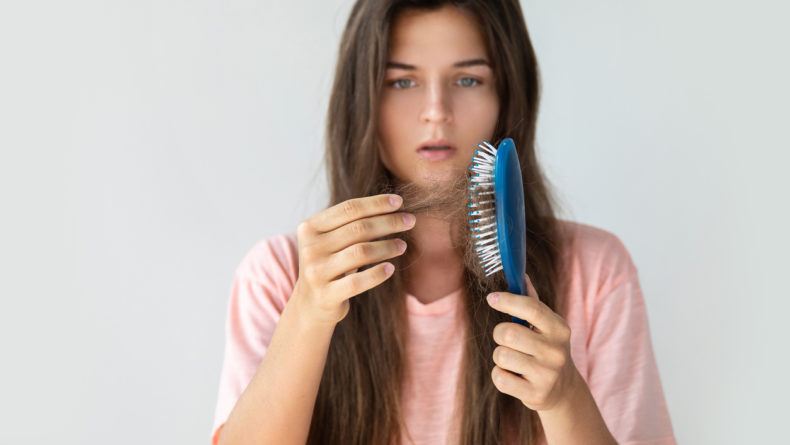

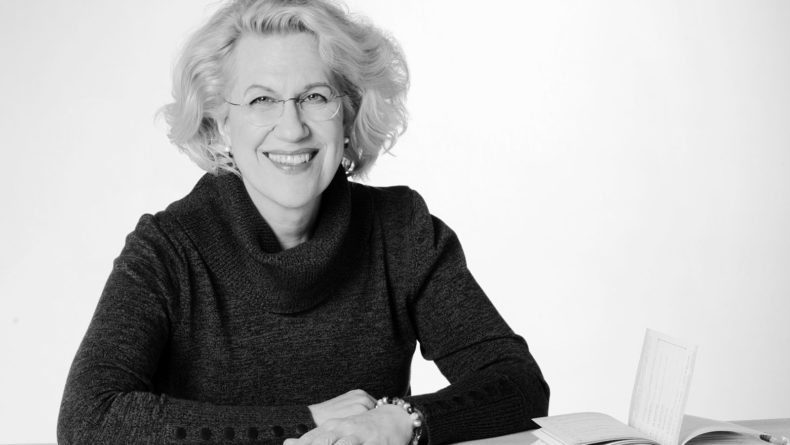
Leave a Reply